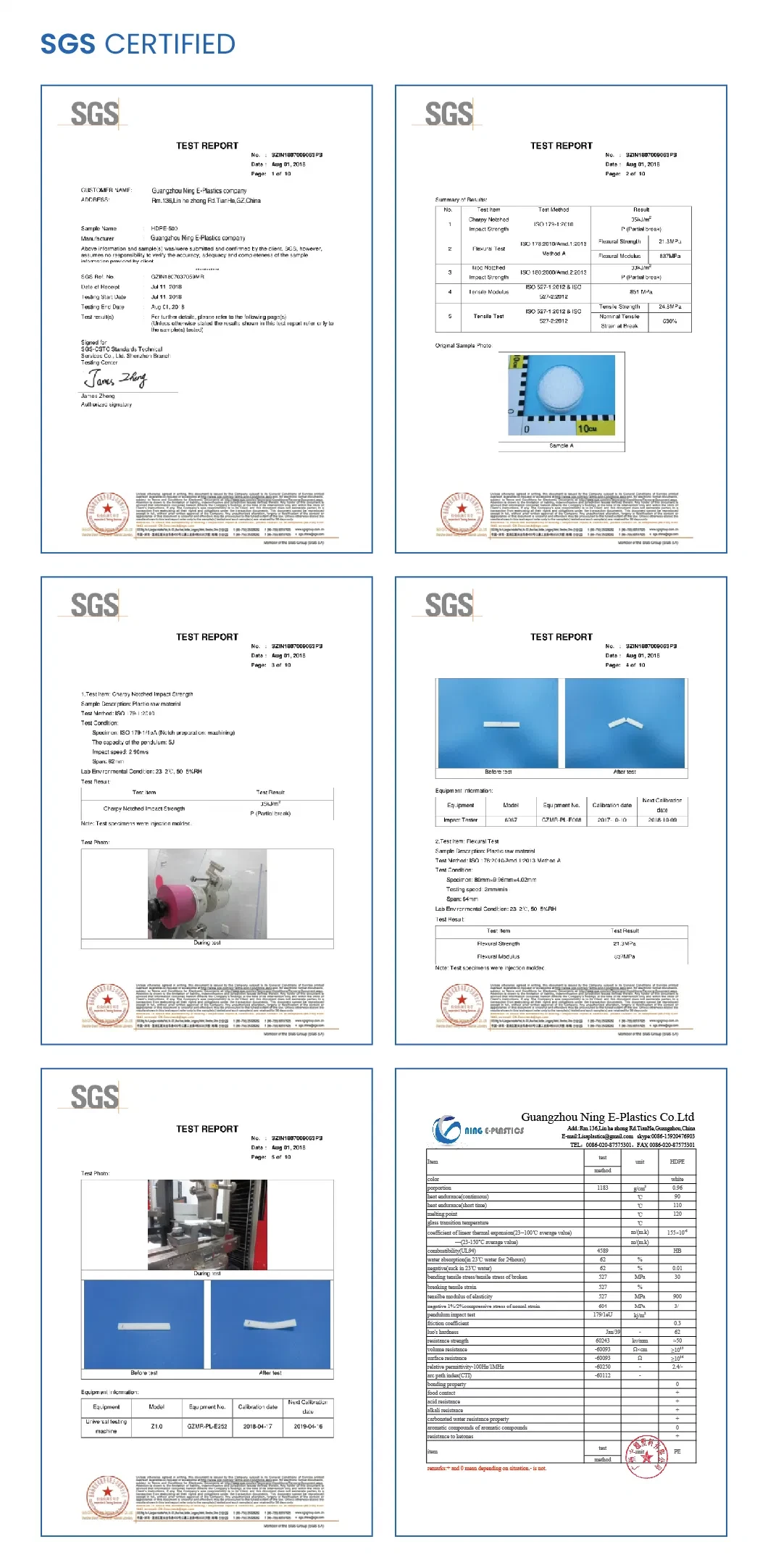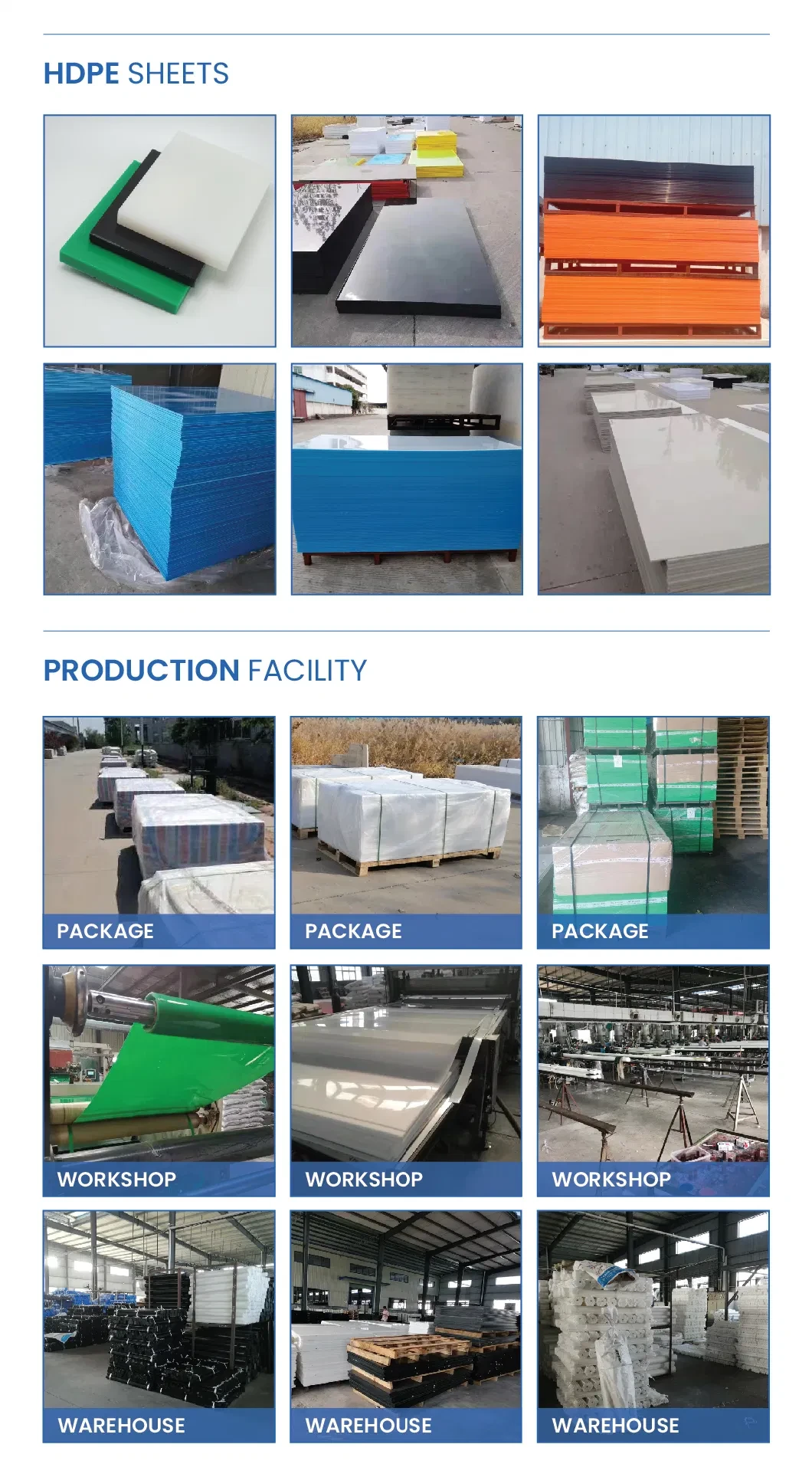-
 Rm.136,Lin he Zhong Rd. TianHe, Guangzhou, China.
Rm.136,Lin he Zhong Rd. TianHe, Guangzhou, China.
 Rm.136,Lin he Zhong Rd. TianHe, Guangzhou, China.
Rm.136,Lin he Zhong Rd. TianHe, Guangzhou, China.
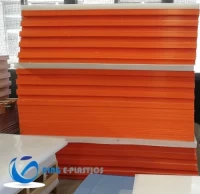
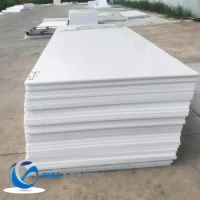
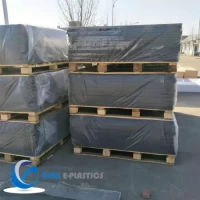
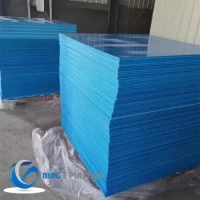
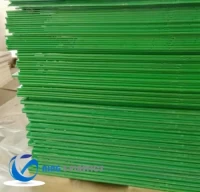
 MOQ:
Default
MOQ:
Default
 Port:
Hangzhou
Port:
Hangzhou
 Packaging:
Customizable
Packaging:
Customizable
 Lead Time:
Default
Lead Time:
Default
 Size:
Default Size
Size:
Default Size
 Color:
Default Color
Color:
Default Color
Colour : Black /white /red/yellow/orange/blue
HDPE Sheet Thickness: 2-200 mm, 0.2-3 mm
HDPE Sheet format: 1220 ×2440 mm, 1000×2000 mm
High Density Polyethylene (HDPE) sheet is extremely strong against impact, abrasion resistant, and exhibits a low coefficient of friction. The material is also moisture, stain, and odor resistant, and is FDA approved for use in the food processing industry (mainly for cutting boards). The materials durability makes it a perfect match for a variety of applications such as water tanks, chute linings, bottle/bottle cap production and numerous other industrial uses. Borated HDPE offers radiation protection in nuclear facility applications.
High-density Poly Ethylene also is known as HDPE is made from a cord of ethylene molecules (the poly part of polyethylene), and is famous for its light weight and high durability.
The preference of HDPE sheets is increasing from leaps and bounds in the market today, as its able to cut down on the material which is then used for producing and packaging products for its strength and weight.
It is also available at tap plastics in sheet form with either a smooth or textured surface. The textured surface is also called cutting board. Both smooth and textured surfaces are FDA approved for food contact.
| Item | RESULT | UNIT | PARAMETER | NORM USED |
| Mechanical properties | ||||
| Modulus of elasticity | 1000 | MPa | In tension | DIN EN ISO 527-2 |
| Modulus of elasticity | 1000 - 1400 | MPa | In flexure | DIN EN ISO 527-2 |
| Tensile strength at yield | 25 | MPa | 50 mm/min | DIN EN ISO 527-2 |
| Impact strength (Charpy) | 140 | Kj/m 2 | Max. 7,5j | |
| Notched Impact stren. (Charpy) | No break | Kj/m 2 | Max. 7,5j | |
| Ball indentation hardness | 50 | MPa | ISO 2039-1 | |
| Creep rupture strength | 12,50 | MPa | After 1000 hours static load 1% elong. after 1000 hours Against steel p=0,05 N/mm 2 | |
| Time yield limit | 3 | MPa | ||
| Coefficient of friction | 0,29 | ------ | ||
| Thermal properties | ||||
| Glass transition temperature | -95 | °C | DIN 53765 | |
| Crystalline melting point | 130 | °C | DIN 53765 | |
| Service temperature | 90 | °C | Short term | |
| Service temperature | 80 | °C | Long term | |
| Thermal expansion | 13 - 15 | 10-5K-1 | DIN 53483 | |
| Specific heat | 1,70 - 2,00 | J/(g+K) | ISO 22007-4:2008 | |
| Thermal conductivity | 0,35 - 0,43 | W/(K+m) | ISO 22007-4:2008 | |
| Heat distorsion temperature | 42 - 49 | °C | Method A | R75 |
| Heat distorsion temperature | 70 - 85 | °C | Method B | R75 |

